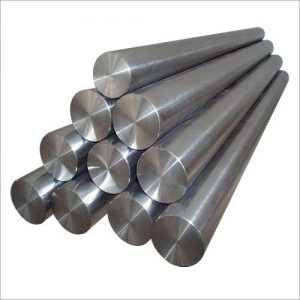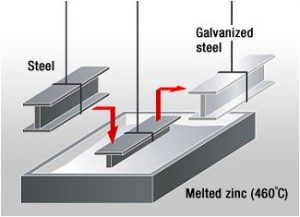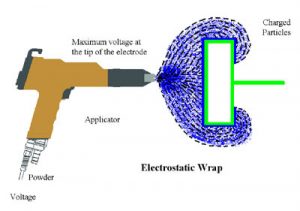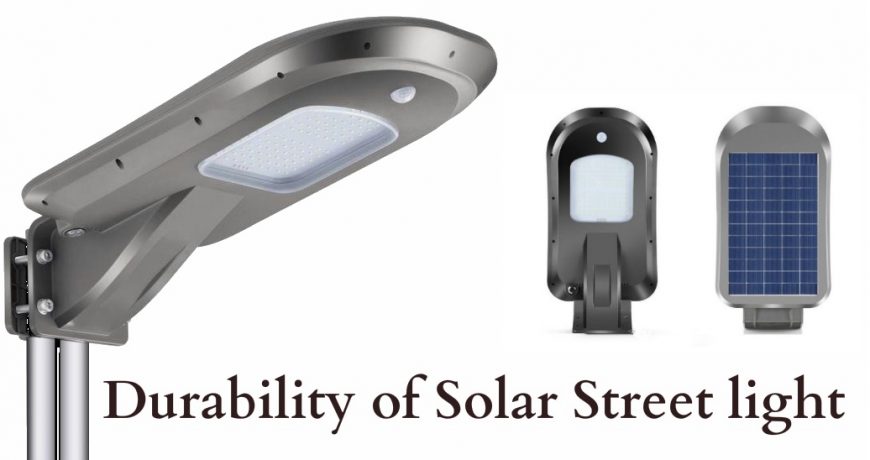There are many suppliers of solar light in the market. And as a customer it is difficult to find a loyal one who will give us quality products which will keep running even after years of installation.
We often hear cases where customers are being cheated and given fake warranty while purchasing. Such cases often throws a negative impact in our in our minds and demotivate us from purchasing it. So, in this article we will see how our solar street light panels are manufactured
Steel

Steel is a strong & durable metal compared to others. It is an alloy composed of iron and carbons, which when comes in contact with moisture and air it easily gets oxidized. When the atoms of iron bonds with oxygen atoms it forms a molecule to give out that brown color. Steel requires less energy and hence it is 100% reusable and recyclable. It is mostly suitable for welding but sensitive to galvanic corrosion.
A thermally galvanized steel pole can go without rusting for up to 40 years. These types of poles are less vulnerable to collisions and it can also be shaped into different designs. Maintaining a steel pole periodically will help it to sustain for a longer period of time providing service for lifetime.
Preservation
If the steel poles of your solar street lights are not preserved then, it will easily get rusted. It needs to be treated and preserved properly using the correct method so that it is protected against oxygen, salt and moisture. There are 2 ways to treat steel from getting rusted. They are Hot Dip Galvanization and Powder Coating. This method makes the steel a sustainable and durable choice for using it as solar street light poles.
Galvanization

Galvanization has 2 ways of doing it. One is hot dip galvanization and the other is electro-galvanization. Hot-dip galvanization was discovered by a French chemist in 1742. Named Malouin, he found that submerging steel into molten zinc protects it from oxygen, salt and moisture. There are 2 advantages to hot-dip galvanization. In the first one, clean and rust-free steel is submerged into molten zinc which hardens and creates a moisture-resistant coating.
The second one is amalgamation of zinc with steel. In this process even if the zinc surface gets damaged the cathode effect prevents the steel from getting corrosion. This method was transformed into an industrial scale in 1836 following which this process is known as hot-dip galvanization today. During this process the composition of the material and its thickness decides the amount of zinc coating required for manufacturing.
In electro-galvanization zinc particles are given a positive charge to make them fixed to the surface of the steel. In this way it can create a thinner, tighter bonding coat than the hot-dip process. Different steel gauges have certain standard set for the thickness of zinc and EN SO 1461 can explain this process well.
Powder coating

Powder coating is a method of applying dry powder over the steel surface and then electrostatically charging it in order to stick the powder to the surface. The steel is also heated up to 180°C in an oven to ensure that the powder is completely bonded with the steel. The dry application prevents the powder from subsiding away and this method is also an environment friendly as it does not contain any solvent to get released into the atmosphere.
Treatment of steel with the above given methods is very important before shaping it up as a street pole as these poles might have to face extreme weather conditions. The moisture, salt and air surrounding it should not cause corrosion of the steel as it will lead to high maintenance cost at the end. It is best to gather all the necessary information regarding the manufacturing process and the steps that goes into treating the solar street light poles for getting a sustainable and cost-effective product.

